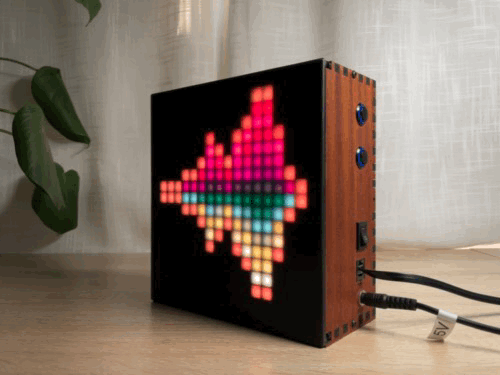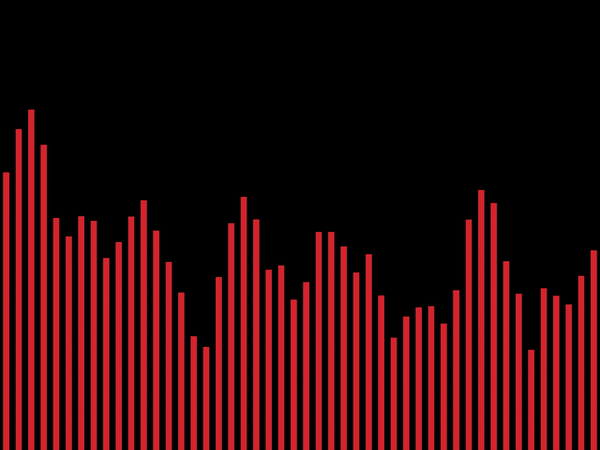-
Notifications
You must be signed in to change notification settings - Fork 31
New issue
Have a question about this project? Sign up for a free GitHub account to open an issue and contact its maintainers and the community.
By clicking “Sign up for GitHub”, you agree to our terms of service and privacy statement. We’ll occasionally send you account related emails.
Already on GitHub? Sign in to your account
Enhancement of lv_analyzer #255
Comments
|
I would like to add some inspiration from projects on GitHub with pictures that do spectrum analysis with C/C++ code: bradleybauer/music_visualizeraiXander/Realtime_PyAudio_FFTkojigardiner/audioboxJanKleprlik/AudioVisualiserGhostNaN/recidia-audio-visualizerhannesha/GLMVizseven-phases/spectrum-analyzerUtoECat/jack_utils
jarcode-foss/glava
|
|
One more, this is from https://github.com/pckbls/pulseviz , shots are self-made. The licensing would need to be clarified though. |
|
@hartwork, thanks for the ideas. I'm working on the code to rasterise lines and circles. I have done both before. Currently doing research on how to add anti-aliasing to them. Let's see what I can come up with once I have these two graphics primitives to work with. |
|
@kaixiong sounds good, looking forward to see your own spectrum analyzer in action! I think long-term I'd want us to also port some of the existing ones seen above to (and into) Libvisual as well if licensing can be clarified, I'm thinking of (parts of) both https://github.com/JanKleprlik/AudioVisualiser and https://github.com/pckbls/pulseviz in particular. I hope we can have multiple spectra in libvisual-plugins, a spectrum family 😄 If your work on anti-aliasing has any likely cross-over to GL vidoptions ( |
@hartwork Sounds good to me!
The rasterisation and anti-aliasing is done entirely in software so there's no overlap with OpenGL. I miss doing software rasterisation and it's a bit of a fun distraction for me. |
|
@kaixiong 😃 Thanks for the clarification! 👍 |








lv-analyzer plots the frequency spectrum in a bar graph and a bit hard to love at the moment (#207). For me, it's been relegated to a sort of visual debugger for audio inputs in Libvisual.
It's boring because the frequency spectrum doesn't see that much movement unless you're listening to sound like this where there's energy shifts up and down the spectrum.
We could superimpose a plot of the audio signal over it, add ghosting/fading, render the bars in a more stylized (less blocky) fashion, and so on. Here are some reference styles:
Another idea that's been brought up in the past is to scale the axes logarithmically so it doesn't look as lopsided. Vertical scaling is straightforward. Horizontal scaling will require the use of a longer signal so that the DFT can produce higher resolution i.e. more samples. These samples can then be put into log-sized buckets (wider band towards higher frequencies), summed and scaled accordingly.
The text was updated successfully, but these errors were encountered: